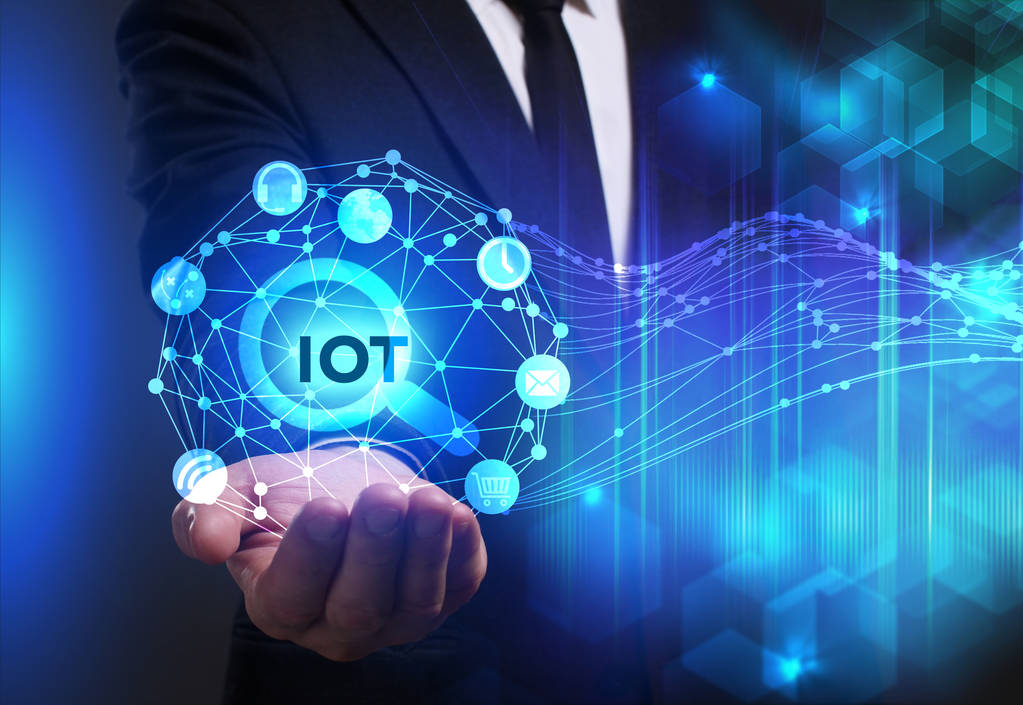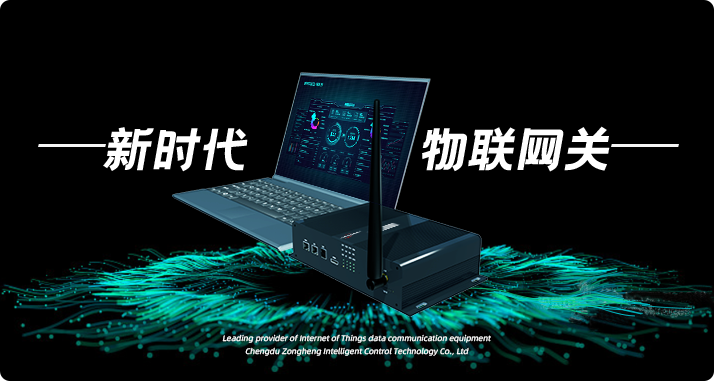What is the Internet of Things (IoT)?
IoT (Internet of Things) is one of the most commonly used buzzwords in today’s world. The technology uses sensors to analyze data and connect with different machines to share information over a network.
IoT has numerous applications in various industries from smart manufacturing to marketing. Technologies such as personalized analytics, cloud computing and big data help ensure the flow of information is seamless. Furthermore, these technologies make the Internet of Things a fundamental pillar of Industry 4.0.

IoT technology is growing
According to a survey conducted by consulting firm Mordor Intelligence, the IoT technology market is expected to grow by US$1.39 trillion by 2026.
There are several reasons for such incredible growth in such a short period of time:
1. During the COVID-19 pandemic, IoT has accelerated the development of many data analysis solutions, smart home devices, and remote monitoring;
2. Some businesses are looking forward to developing technological solutions by leveraging artificial intelligence. Most solutions require different sensors, edge computers and a wide range of IoT technologies;
3. Compared with traditional centralized solutions, IoT networks can help enterprises complete tasks more efficiently.
But there are some obstacles to achieving these goals, as follows.
1. Limited production and chip shortage
The current surge in demand for semiconductor chips has made the development costs of IoT solutions higher. Affected by the epidemic, the current situation has become even more severe. Although chip production has doubled in recent months, it will take some time before the chip shortage ends.
2. The Internet of Things is limited by Internet bandwidth
The vast majority of IoT devices can only communicate smoothly without much latency. Wireless connections can be inconsistent at times and often transmit slower data rates.

Top 10 IoT trends that will impact every industry in the next few years
1. Mass adoption of IoT devices
Artificial intelligence has become a commonly used technology in data-driven applications. Such is the need for innovation in IoT frameworks and AI advancements. (IoT devices collect data through IoT devices such as sensors) Widespread adoption of IoT devices can improve productivity and learning by removing language barriers in multilingual and cultural countries like India. There is also likely to be a new wave of IoT-based device users, with many translation and language-related actions being easily handled through different voice devices.
2. Companies don’t need to rely on cloud data
Many companies spend millions of dollars on cloud-based smart products to store and protect data. These products allow anyone to use and generate data wherever they want and need it. As IoT improves to meet the needs of a broad audience, there will no longer be a need to rely on existing cloud infrastructure.
Enterprises will be able to implement real-time architectures. All AI-based solutions do not require the cloud to process or leverage data; instead, they can connect to real-time solutions to process the data.
3. 5G’s dominance in IoT trends increases
Since the launch of 5G technology, many technology giants are targeting ordinary users. This innovation will play an important role in every home for years to come and will continue to impact the world for much longer.
Integrating 5G with IoT-based devices can improve machine communications without relying on software or humans. Once launched, this will be a gradual flight, eventually becoming the most useful trend of the Internet of Things.
4. Industry 4.0 will gain all the advantages of the Internet of Things
Industrial manufacturing and production engineering will be able to automate and make processes more efficient. One of the themes of IoT is automation. Without the Internet of Things, it would be difficult to achieve large-scale data collection and equipment monitoring. One of the reasons why it can meet the needs of industries is because of their huge capacity.
The four main components of every industry are data analytics, cloud infrastructure, IoT and artificial intelligence. According to a recent Statista report, IoT is very important to all industries, based on the opinions of three-quarters of people surveyed.
5. Easy to interoperate
In today’s day and age, interoperability is something that users are very much in need of. Devices that connect anywhere in the house or have smart operating settings will be very appealing. This makes the smart home completely own its intelligence.
The best IoT technologies try to introduce uniqueness, and interoperability is something people are looking for, especially when working from home to make things easier and more efficient.
6. Feature-rich microsensors for the healthcare industry
Healthcare is a top industry leveraging deep technologies like artificial intelligence and artificial intelligence. For example, new bathtubs automatically heat the water based on the surrounding temperature. In the coming years, industries such as healthcare will be able to reap the full benefits of IoT trends.
7. Data privacy and network security
IoT devices are vulnerable to cyberattacks. According to a survey by Palo Alto Networks, almost half of all IoT devices are vulnerable to malicious attackers.
Worryingly, according to the same survey, many medical devices run on older and poorly maintained operating systems, making the devices more vulnerable to attacks.
Many companies, such as SentinelOne, are developing AI-based software to improve endpoint security. This is security software that protects against threats and cyberattacks. In addition, it is predicted that the market size of security software like SentinelOne will reach US$18 billion by the end of 2024.
8. Edge computing in the Internet of Things trend
Edge computing will become one of the major trends in the Internet of Things in 2023. Many IoT manufacturers are building on-board analytics facilities for various devices, which is very helpful in data processing. Initially natively installed dumb sensors such as microphones, cameras and edge devices, coupled with integrated smart sensors. This sensor will help with NLP (natural language processing), computer vision, and dimensional measurements such as humidity and pressure.
Edge computing has the potential to make self-driving cars a real reality by solving critical issues such as cloud dependence, security, and bandwidth. Although the technology is quite advanced, IoT will fill in some missing elements in the coming years.
9. Leverage IoT trends to improve workforce management
Automation and remote work culture have been widely adopted during the COVID-19 pandemic. Several technologies such as artificial intelligence, blockchain, 5G and IoT have become the center of attraction. Many companies are already using this type of technology to optimize their workforces in remote locations.
Some common applications of its use are using beacons and smartphones to send tailored messages to consumers. Beacons are starting to gain popularity in different industries, and due to their low cost, it is expected that they will soon reach every corner of the industry.
10. Machine learning and big data
Many applications are built in IoT, where data and analytics play a key role.
IoT makes it easier for systems to take real-time action based on alerts without requiring large amounts of data transfer. As the technology improves, it will provide more low-latency capabilities. Through the integrated technology of machine learning, several applications have emerged, such as products such as smart homes and elevator maintenance.
This will be a key application that should be focused on in the coming years. Such applications use machine learning to process and analyze data. They can also support complete infrastructure, optimized & enhanced devices.
в заключение
The future of IoT has been listed among all the trends mentioned above and will exceed expectations by impacting different industries such as indoor navigation and retail industry.
It’s critical to understand that IoT is not just a technology that operates in a siled environment, it leverages a variety of other technologies to create an end-to-end system.
Deep technologies such as artificial intelligence and the Internet of Things support and foster enterprise innovation. Starting with an IoT implementation, all you need is an idea and a goal to modernize your infrastructure for the immersive technology of the future.